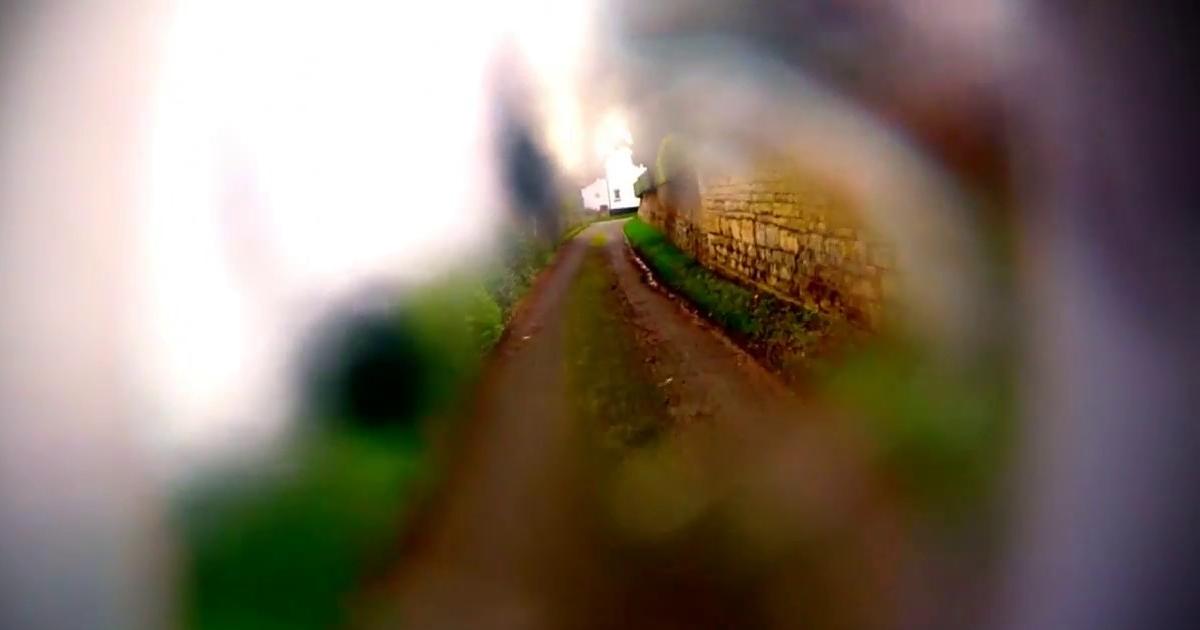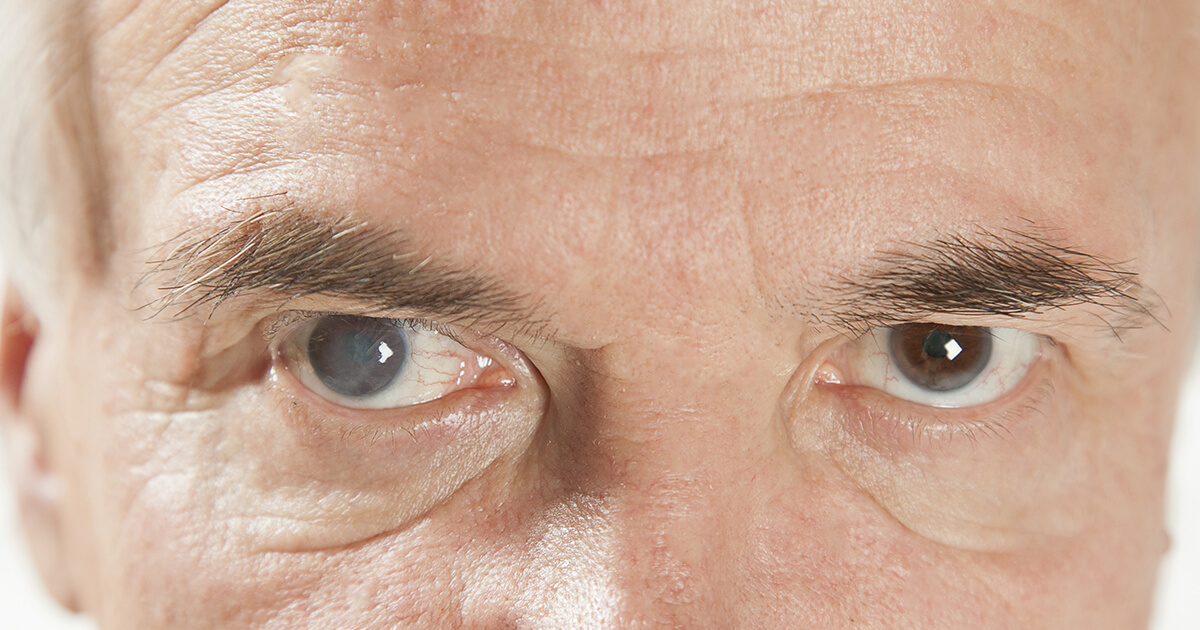What Causes Night Blindness (Nyctalopia)?
Nyctalopia is a condition that occurs when an individual has difficulty seeing in poor lighting conditions or during the night. Rather than being a disease on its own, the condition is typically considered a symptom of other underlying disorders. The treatment for night blindness varies depending on its cause. Some treatments are simple, like new medications, vitamin supplements, or a new glasses prescription. If the condition is caused by cataracts or certain other issues, it may necessitate surgery. In rare cases, night blindness can be part of a more serious eye condition that will lead to loss of daytime vision as well.
Uncover the full details on causes of night blindness now.
Retinitis Pigmentosa

Retinitis pigmentosa is a genetic disorder passed from parent to child. Though the condition can be caused by mutations in more than fifty different genes, the disease's progression and results tend to be the same. With this disease, the body is either unable to make, unable to absorb, or creates a toxic version of a protein necessary for the photoreceptors. These cells are located in the retina, the light-sensitive layer of tissue covering the back of a person's eye. Photoreceptors are responsible for absorbing and converting light into electrical signals that can be interpreted by the brain. With retinitis pigmentosa, the lack of protein causes the photoreceptors to function inadequately. Over time, they break down and die. The first symptom tends to be night blindness, followed by a loss of peripheral vision, loss of central vision and the ability to read or do other detailed work, flashes of light, and sensitivity to light.
Uncover the next cause of night blindness now.
Cataracts

Cataracts occur commonly in individuals over sixty years old and develop when abnormal amounts of protein build up in the eye's lens. The protein buildup acts like a shield or layer between an individual's eyes and the world, so their vision may be clouded or blurred. Patients with cataracts also tend to have trouble filtering light, which can lead to increased blurring and night blindness. Night blindness caused by cataracts is generally accompanied by blurring and glare from light sources like street lamps, headlights, and dull overhead light sources. It may be difficult to drive during the night. There may also be nearsightedness or changes in the way a patient perceives color.
Learn about the next cause behind night blindness now.
Glaucoma

Glaucoma is an eye condition that damages the optic nerve over time. The condition often correlates with a buildup of pressure within the eye. Though it often runs in families, glaucoma might not begin or show symptoms until later in an individual's life. When there's increased pressure within the eye, the optic nerve, the nerve responsible for transmitting images to the brain, becomes damaged. When the damage continues without being treated, it can lead to complete vision loss. Open-angle glaucoma is the most common and occurs when the eye's drain structure is normal, but fluid doesn't drain the way it's supposed to. With angle-closure glaucoma, there's a narrowing of the eye's drainage structure that leads to increased pressure. This type of glaucoma is more commonly seen in Asia than in Western countries. Glaucoma's initial symptoms include night blindness and seeing 'halos' around light sources. There may also be narrowing vision and eye pain, along with potential nausea.
Get more details on what can cause night blindness now.
Vitamin A Deficiency

Vitamin A is a nutrient necessary for multiple functions in the body. It's fat-soluble, so any supplements should be taken with food. In addition to helping with vision, vitamin A is also necessary for a strong immune system, healthy skin, and a healthy reproductive system. In foods, vitamin A comes in provitamin A or preformed vitamin A forms. The preformed kind, also called retinol, can typically be found in dairy, eggs, fish, and meat. With the provitamin kind, the body converts the carotenoids found in plant matter into vitamin A it then absorbs. A vitamin A deficiency rarely occurs in developed nations but is common in developing countries. Individuals with the highest risk of deficiency include children, infants, breastfeeding mothers, and pregnant women. In addition to night blindness, a vitamin A deficiency can cause dry skin, dry eyes, infertility, issues conceiving, delayed growth in children, infections in the throat and chest, poor wound healing, and acne.
Continue reading to discover more night blindness causes now.
Myopia

Myopia, more commonly known as nearsightedness, is a condition that causes individuals to have trouble seeing faraway objects. When the object is closer to their face, they can make out the details more clearly. Myopia is caused by changes in the structure of the eye. When the cornea is abnormally curved or the eyeball abnormally lengthened, light focuses in front of the retina instead of on it. This means patients don't receive image data from far away objects, even though their eyes can still focus on close objects. Myopia is one of the most common eye conditions and tends to run in families. It can often be corrected with glasses, photorefractive keratectomy surgery, or LASIK surgery. Some patients may find their myopia is worse at night, leading to symptoms of night blindness. It might be difficult to drive in dim light or make out road signs until they're extremely close.